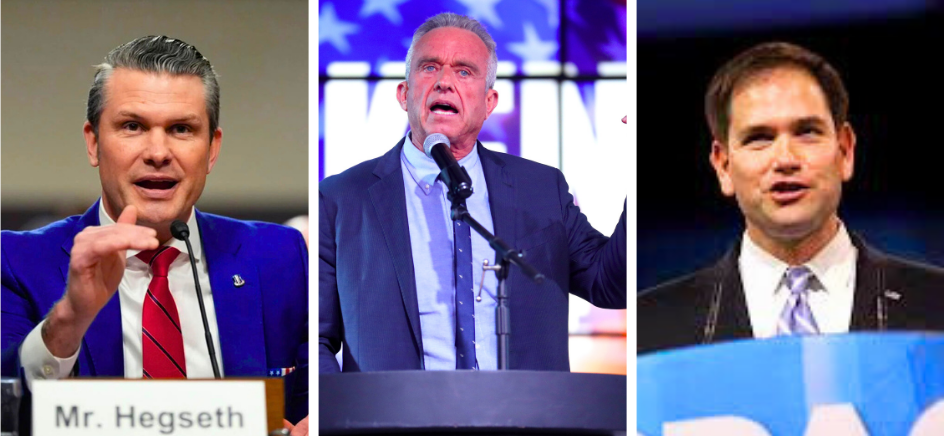Twenty-five new presidential cabinet selections are set to make their way into public office following the election of Donald Trump in 2024. Of the 25 positions, 22 will require confirmation from the Senate. Selected by President Trump, these cabinet positions provide consultation to the president from various areas of the United States government. Alongside advising the POTUS, the Cabinet also heads the department to which they have been confirmed, allowing greater influence of the elected president in bureaucratic agencies.
Currently, all 22 positions have been announced by President Trump, but 9 still await Senate approval, requiring a minimum of 51 votes of favor. As such, eight appointees have been confirmed for their positions in office, with the rest slated for Senate questioning and voting in the near future. For Ohio voters, cabinet members both confirmed and unconfirmed have drastic implications.
Confirmed Cabinet Members and Their Implications
In office, the thirteen confirmed members of the Cabinet have the power to run their department in line with President Trump, allowing for greater influence of the Trump Administration agenda. As such, understanding what each cabinet member could do is crucially important, especially when considering how it will affect Ohio. Today, Cardinal Nation looks at the first eight cabinet picks.
Scott Bessent – Treasury Secretary
As the Secretary of the Treasury, Scott Bessent has control over much of the nation’s finances, with a major power being taxation. In office, Bessent has claimed to be aligned with President Trump’s ideas for a strong economy, including championing policies of budget reduction and tax cuts. In specific, the Treasury Secretary has maintained strong support for Trump’s 2017 Tax Cuts and Jobs Act (TCJA), set to expire on December 31st, 2025. A renewal of this policy would see continued tax cuts from Trump’s first term when some brackets saw up to 4% reductions in their taxes. Under the TCJA, businesses also experienced decreases in taxes, with a flat limit placed at 21%. In 2025, if the TCJA is not renewed, taxpayers will see an increase in taxation rates, which already hover around 15.5% for the median Ohioan. Bessent, being committed to the TCJA’s renewal, will likely work to see a Senate and House vote to approve an extension of the policy, or even deeper cuts. Bessent’s deficit reduction policies could also mean slashes to common state programs like financial aid programs to decrease government spending, but future plans have yet to be announced.
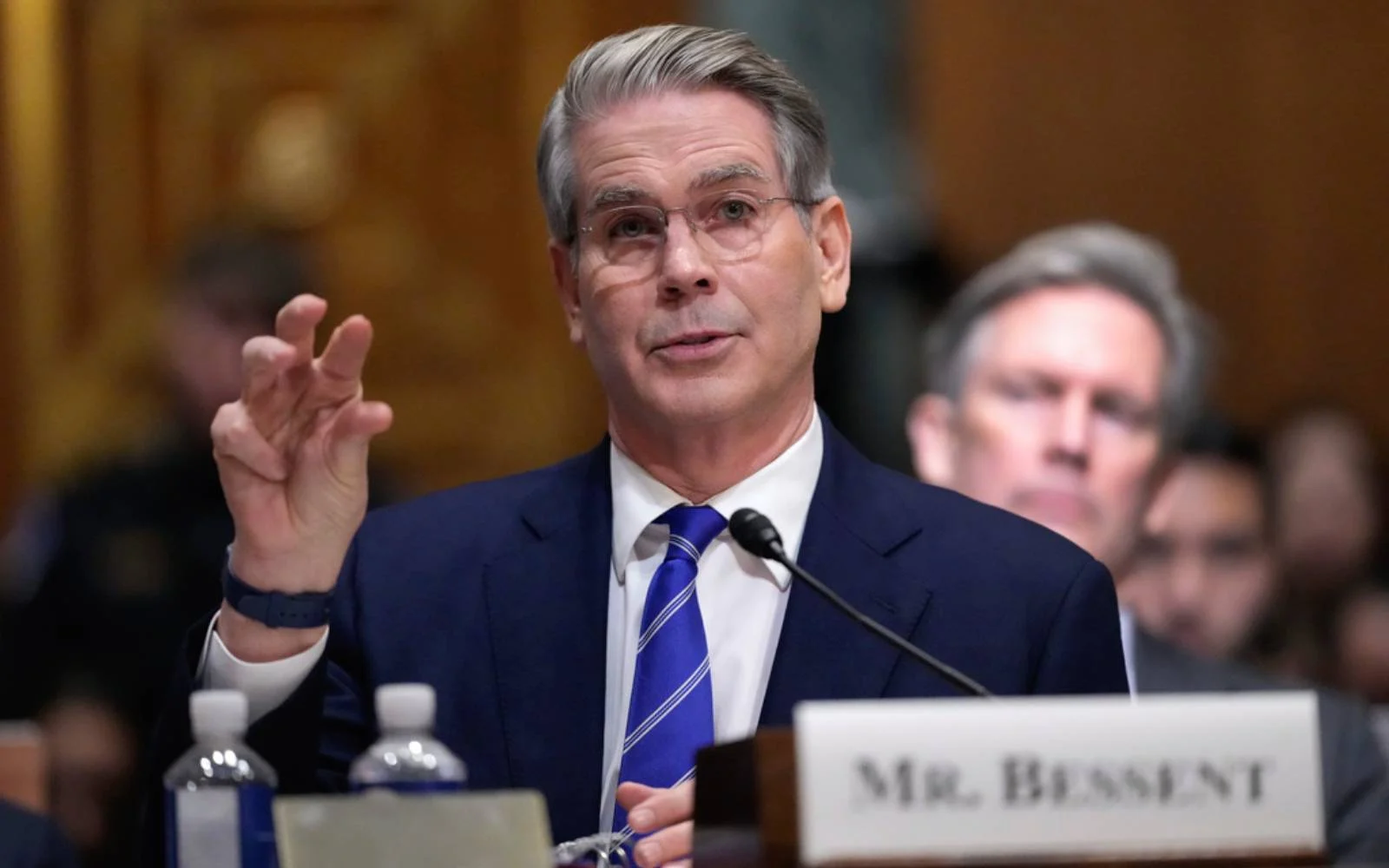
Doug Burgum – Interior Secretary
Doug Burgum, former governor of North Dakota, will control the nation’s natural resources and cultural heritage through the Department of the Interior. A strong Republican previously serving in the natural resource-rich state of North Dakota, Burgum champions President Trump’s continued drilling practices, promising to ramp up oil production during his time in office. Maintaining close ties with Continental Resources, a major North Dakota Fracking company, Burgum has worked alongside founder Harold Hamm in opposing wind energy projects and supporting the oil and gas industry. During his time as Interior Secretary, it is obvious that Burgum will continue drilling efforts to extract resources from locations around the nation. For Ohio, this means continued funding for oil extraction and natural gas production. Currently ranking in the Top 10 in the US for natural gas production, producing 5% of the national total, Ohio is a major player in the resource industry. According to the Ohio Senate, such continued growth in natural gas production is crucial to providing reliable energy, increased tax revenue, and importantly, well-paying jobs to Ohioans. The industry also accounted for 8.5% of Ohio’s Gross Domestic Product (GDP) in 2023, highlighting the importance of the industry to the state. For voters, Burgum’s continued pursuit of drilling and resource extraction practices means a heightened focus on resource-rich regions, which includes Ohio, likely implying future increases in revenue brought by increases in oil and gas exports. This revenue will then likely trickle to consumers, lowering gas prices for short periods, since excess resources would eventually hit the global economy, which is sold at standardized prices not affected by production amount, lessening the overall impact on consumer prices.
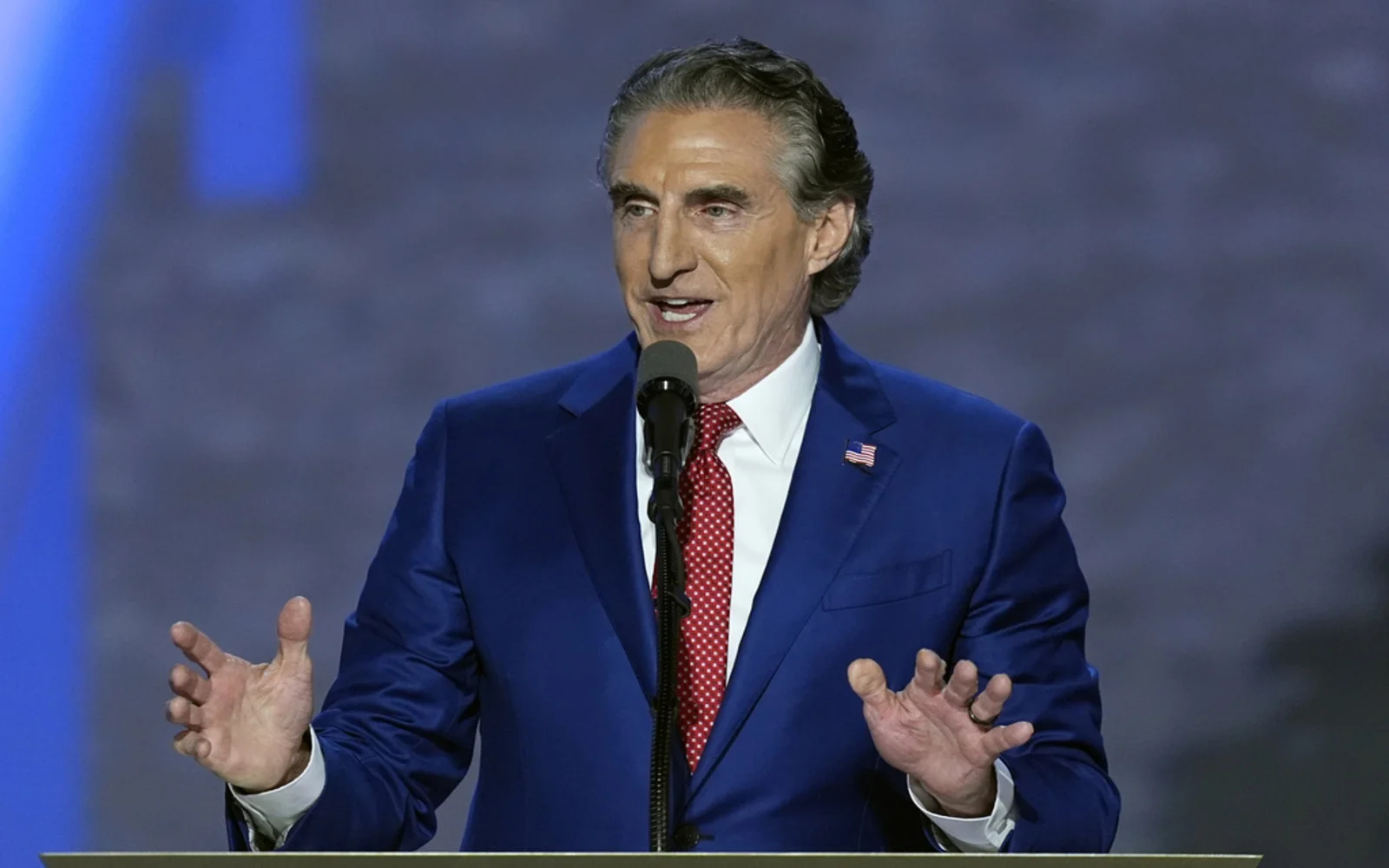
Sean Duffy – Transportation Secretary
Former U.S. House of Representatives member Sean Duffy is set to head the Department of Transportation, overseeing the U.S. highways and public transportation infrastructure. Overall, Duffy has been closely linked to Trump’s mission of a “Golden Age of Travel,” including safety, efficiency, and innovation in the industry. Rebuilding the American Highway system is a main focus for Duffy, prioritizing competitiveness and beauty in their design. Another policy under Duffy includes the elimination of diversity, equity, and inclusion (DEI) programs in the aviation space, including for pilots and air traffic controllers, which has become a major point per recent events. In 2023, Ohio ranked 17th in the nation’s highway report for cost-effectiveness and condition. Under Duffy, the state could see increased funding for highway projects, including addressing safety concerns, which Ohio ranks in the middle of the road for. Though plans have not been announced, a Department of Transportation under Duffy could mean imminent road construction across the state of Ohio, eventually leading to safer and increasingly modern highway systems for Ohioans.
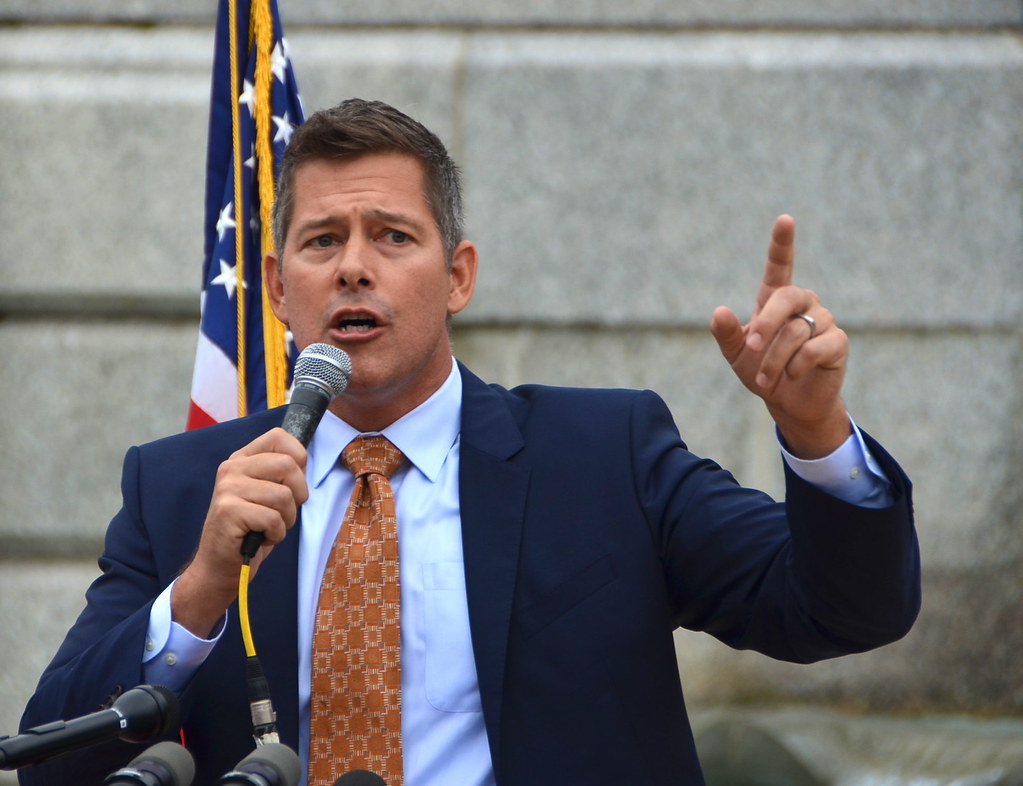
Pete Hegseth – Defense Secretary
Former Fox News host Pete Hegseth was confirmed on January 24th by a slim vote of 51-50, with Vice-President JD Vance casting the tie-breaking vote for Hegseth to be confirmed for the office of the Secretary of Defense. In office, Hegseth will work closely alongside Trump’s agenda, emphasizing immigration on the southern border. For Ohioans, much of Hegseth’s work will not directly affect daily life, as efforts are placed at a more national level, or in specific regions of the nation, such as the southern border. Still, some members of Congress, including Pennsylvania Republican House Representative Mike Kelly, have voiced support for greater security on the nation’s northern border, currently experiencing a drug-smuggling crisis. Sharing the waters of Lake Erie with Canada, Ohio is a potential hotspot for smuggling activities. As such, Hegseth and the Department of Defense may consider increased armed forces security in the region to patrol the waters, just as armed forces are being deployed on the southern border. Other nationwide changes from Hegseth include a rollback on DEI practices in the nation’s armed forces, including Biden-era protections for transgender soldiers. Hegseth has also been notoriously against female participation in the military, potentially signifying future action to restrict their service, but no plans have been announced.
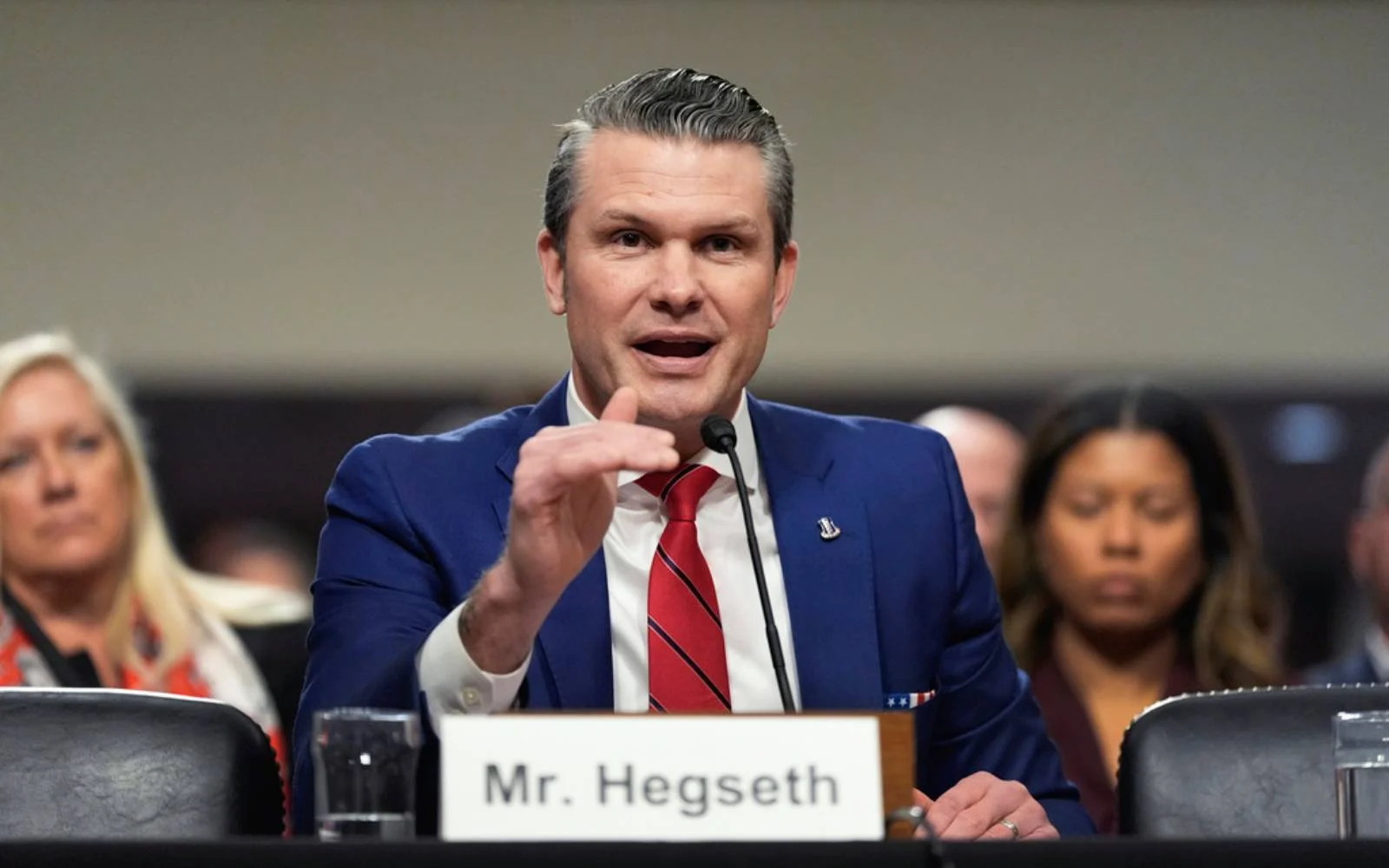
Kristi Noem – Homeland Security
Former governor of South Dakota Kristi Noem is set to head the Department of Homeland Security, focusing efforts on curbing immigration. Working alongside military forces through the Pentagon, Noem will work to send additional troops to deter illegal immigrants from crossing the southern border, pledging to “fix our broken immigration system.” Noem will also control Immigration and Customs Enforcement (ICE), meaning ramped-up deportations of illegal immigrants across the nation is a high probability. Already, ICE has begun deportations on a large scale and will inevitably continue with Noem’s guidance. The entire country, including Ohio, is affected by these efforts, which will see heightened immigration authority presence to detain illegal immigrants. Increased raids on locations around the state can continue to become commonplace in Ohio, with about 20% of all immigrants being undocumented.

John Ratcliffe – Central Intelligence Agency Director
John Ratcliffe, former Texas Congressman, will serve as the Director of the CIA, having previously served as the Director of National Intelligence for a short period during Trump’s first term. Ratcliffe has expressed support for the use of artificial intelligence (AI) in intelligence efforts, including confronting potential international adversaries. His plans for international intelligence gathering also include support for the Foreign Intelligence Surveillance Act (FISA), which allows the government to collect the communications of non-Americans abroad without a warrant, even if those conversations occur with American citizens. For Ohioans, this means that while much of Ratcliffe’s work at the CIA will include foreign intelligence gathering, aforementioned programs like the FISA could see US citizens unknowingly involved in his efforts. Though a loyal supporter of President Trump, Ratcliffe has expressed on multiple occasions his intent to keep politics out of the U.S. intelligence agencies.
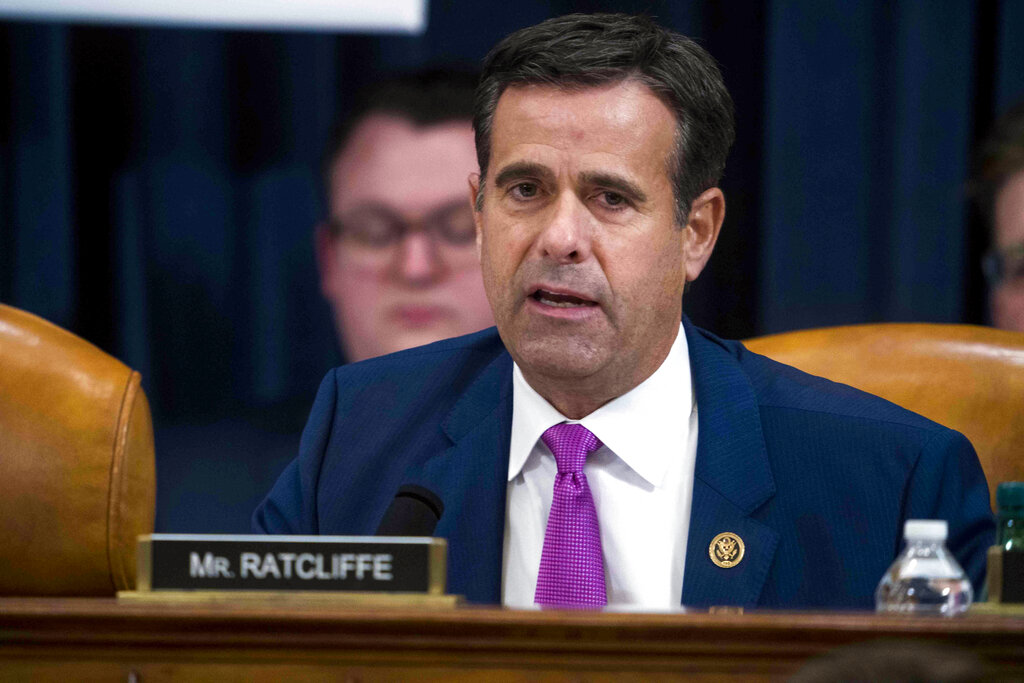
Marco Rubio – Secretary of State
Former Floridian Senator Marco Rubio will serve as the U.S. Secretary of State, having previously been a member of the Senate Foreign Relations Committee. Receiving the highest number of confirmation votes of any confirmed cabinet pick at 99, Rubio’s future represents the United States on a global scale. Committed to making America safer, stronger, and more prosperous, Rubio will work to ensure every US action abroad prioritizes Trump’s “America First” agenda. Rubio has also been notoriously aggressive in foreign policy with the nation’s adversaries, including China. For Ohioans, Rubio’s actions will have little more effect than anywhere else in the nation, as the US Constitution prohibits states from engaging in international affairs. Still, his efforts could potentially mean heightened tensions with major import nations like China, affecting U.S. consumers, though future impacts remain speculative.
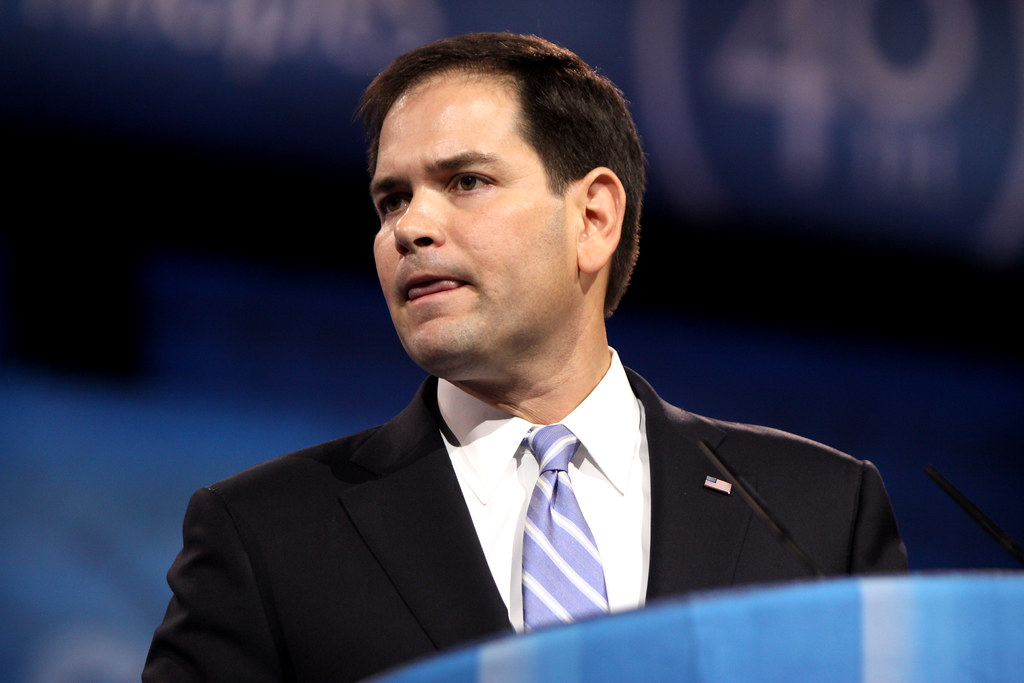
Lee Zeldin – Environmental Protection Agency Administrator
As administrator of the Environmental Protection Agency (EPA), Lee Zeldin will work to regulate the nation’s sprawling lands. Committed to “[pursuing] energy dominance,” Zeldin’s efforts will include a push to fight climate change without compromising the economy. Zeldin also has remained a longtime supporter of clean air, water, and environment policy, despite being a close ally of President Trump, who has repeatedly acted against such efforts. With Zeldin at the head of the EPA, the nation could also see a rollback on regulatory policies regarding the environment and potential staff reductions. Though Zeldin has voiced notions that he will work to preserve the nation’s environment, many climate advocates remain concerned that a repeat of Trump’s first term in office – when the EPA became relatively unable to regulate certain elements of the environment like pollution due to restrictions from the president – will repeat itself. Sitting south of the waters of Lake Erie and containing both dense forests and flat farmland, Ohio is a deep climate-affected region, experiencing a wide range of weather events. As the EPA continues under Zeldin, it is unclear whether Ohio will be affected by new policy or policy rollbacks as future plans have not been announced, but it is clear that Ohio remains dependent on proper regulation to ensure the protection of its environment, encapsulating air, water, and soil protection.
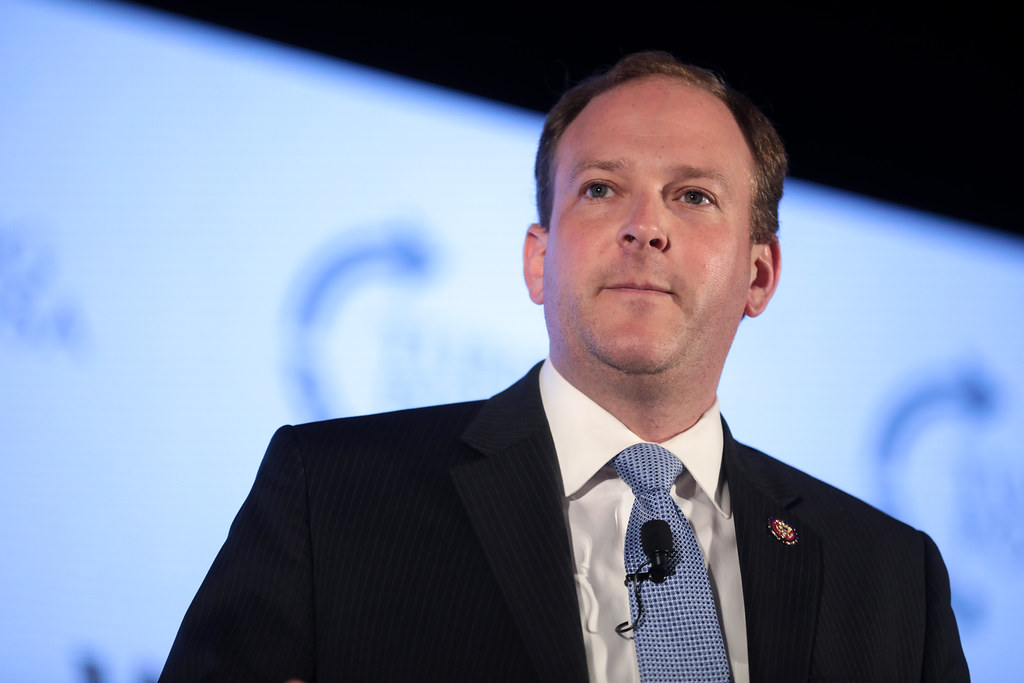
What’s in the Future?
As for the remaining nine cabinet picks that are yet to be confirmed, the waters remain clouded as much of their intent in office has yet to be revealed. Still, the eight confirmed picks give a large sense of what the future holds for the United States. Mainly, a focus on President Trump’s “America First” agenda encompasses nearly every aspect of the bureaucratic agencies.
Other unconfirmed cabinet picks like Robert F. Kennedy Jr. for the Department of Health and Human Services hold concerns about consistency in policy, and whether Trump’s selections will remain focused on properly leading their agency or whether they will lean into Trump’s agenda with full support. Still, with nine selections unconfirmed, future Senate hearings will be the only clear assessment of how the future of the United States in terms of bureaucratic agencies will be run.

